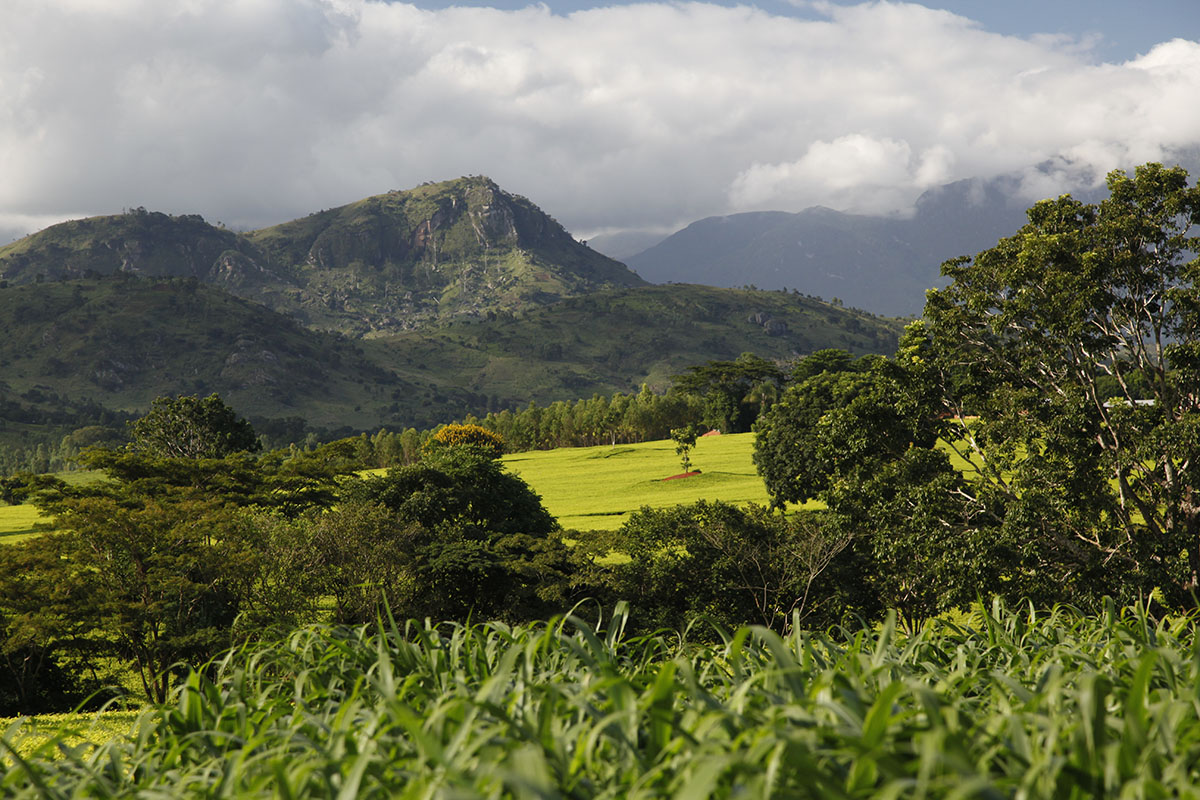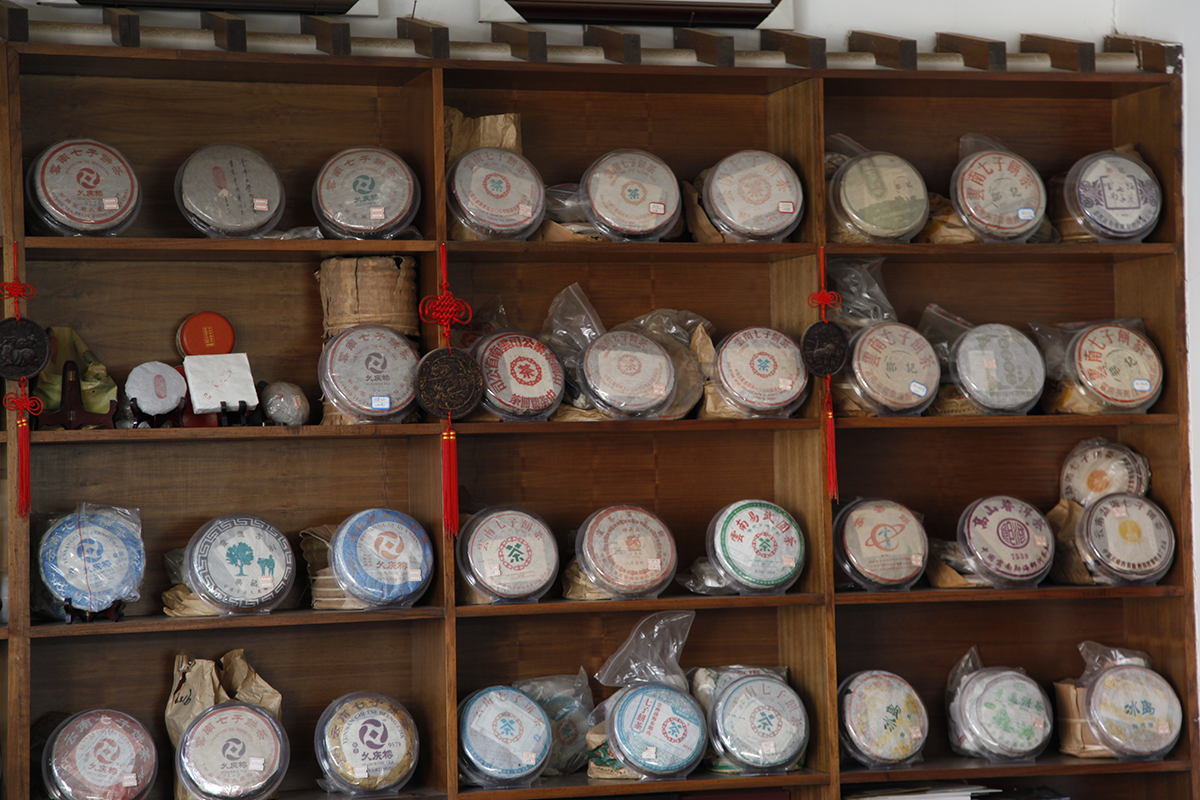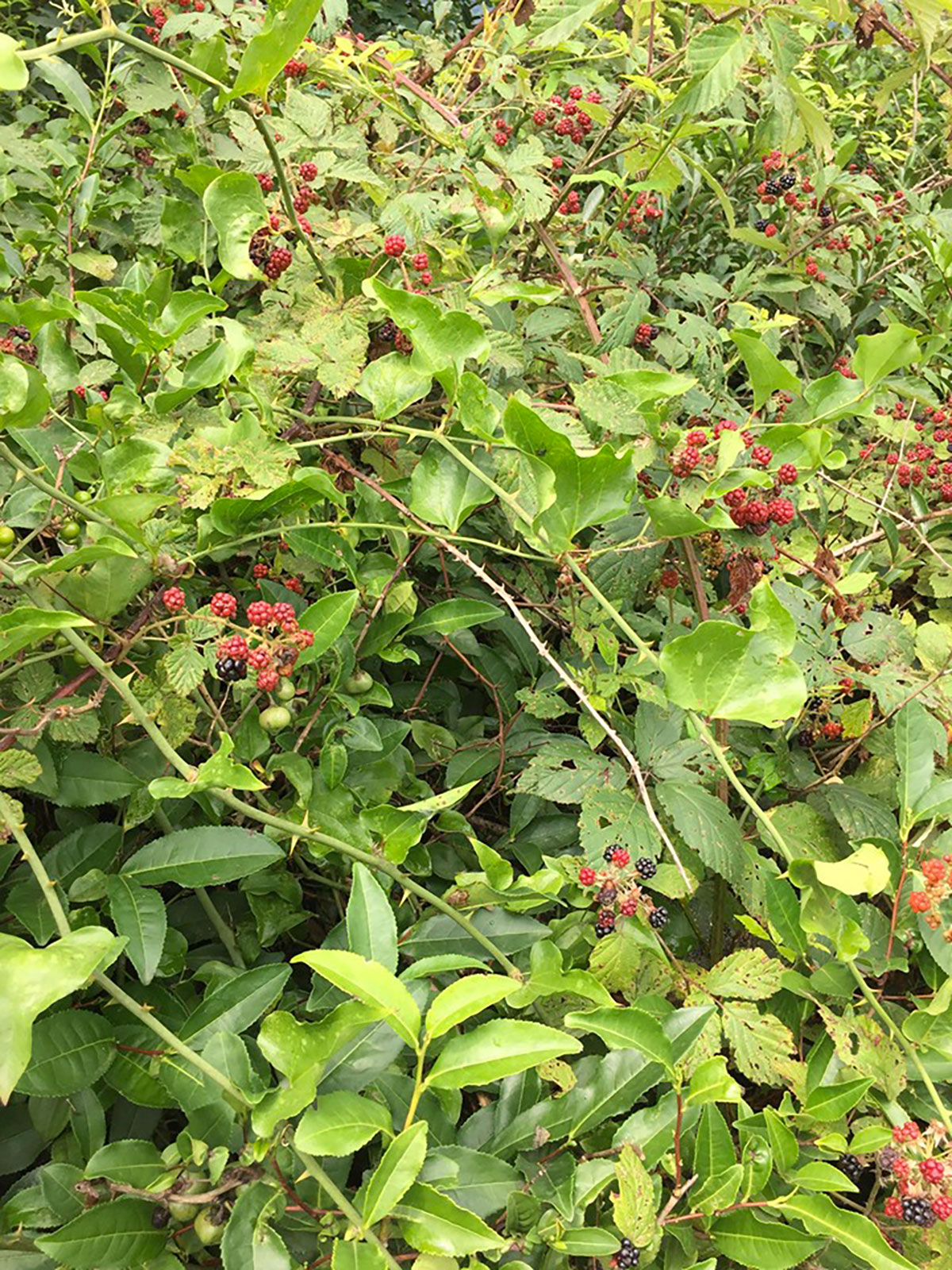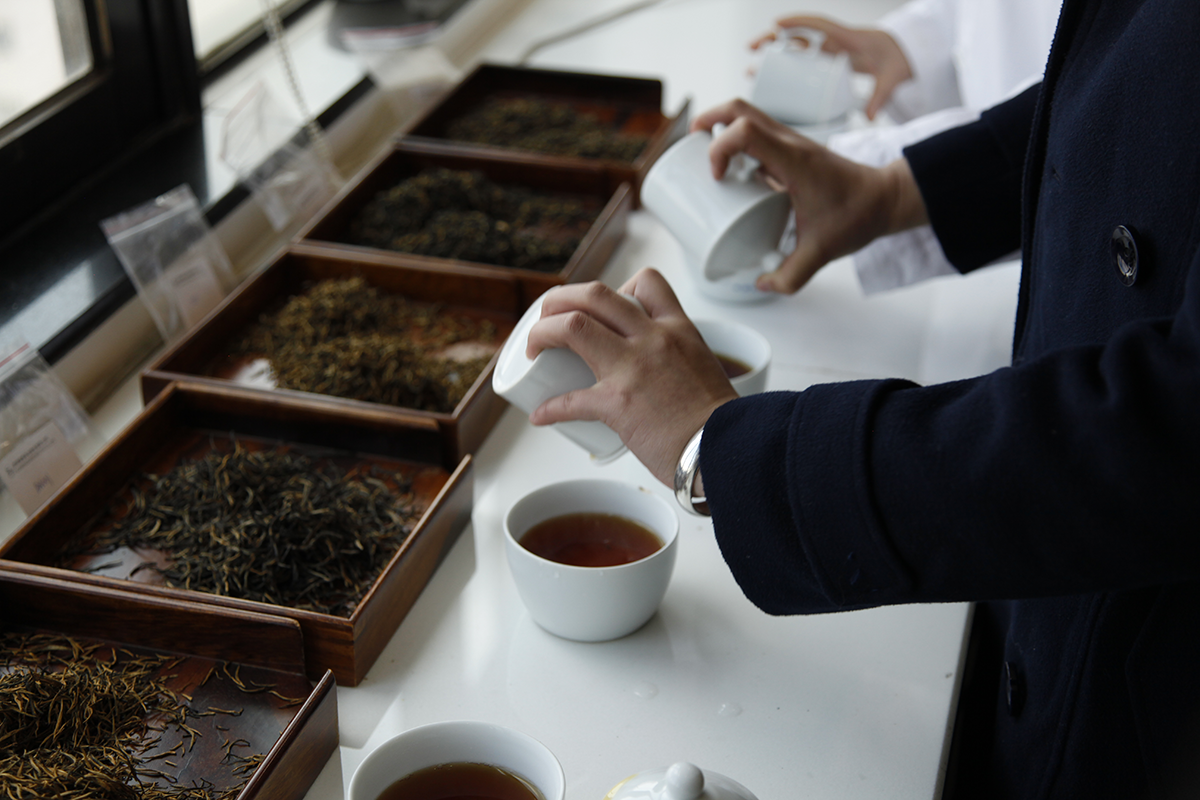If you’re someone who thinks about the health of our planet and you want to reduce your use of packaging, you might consider what benefit there is in using a tea bag instead of loose-leaf tea next time you’re brewing a cuppa. It’s true that when we’re on a flight or staying in a hotel it’s nice to have our favourite tea to hand, and it wouldn’t be convenient to carry around a canister.
But at home or at work, it’s so easy to use a teapot or a mug with an infuser. Tea bags are practical, of course. But it’s not difficult to measure out tea leaves: a pinch between three fingers is about right for a 10cl cup. Then pour over the hot water. So simple. And it does away with one, two or even three layers of packaging.










